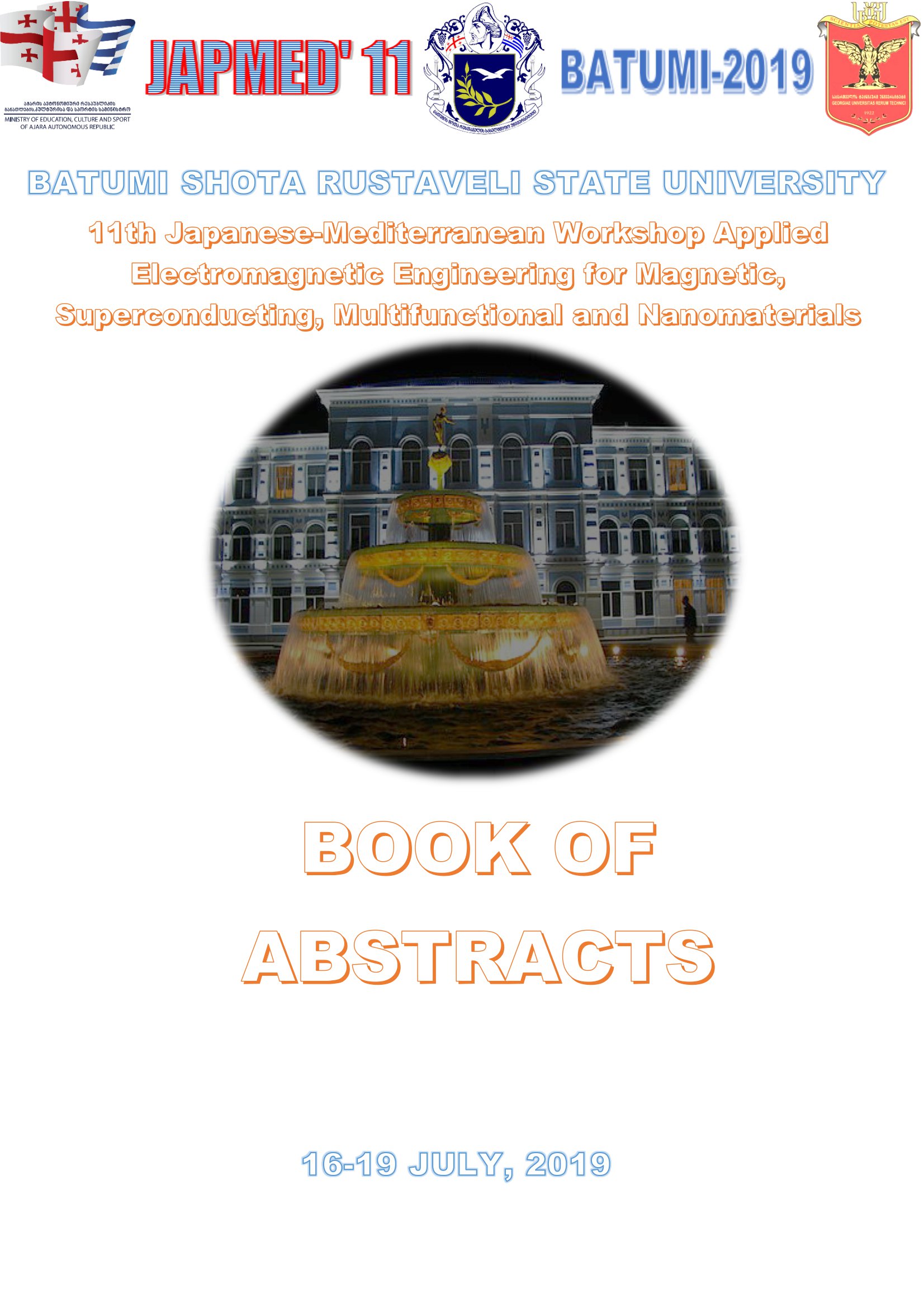ELECTRICAL CONSOLIDATION UNDER PRESSURE FOR AL2O3 AND WC NANODISPERSE POWDERS
Main Article Content
Abstract
The features of hot pressing by the method of electrical consolidation under pressure of nanodispersed powders of two types of materials – electric current conductive (WC) and nonconductive (Al2O3) are considered. WC powder (Aldrich Co, Austria) with a particle size of <2 μm and α-Al2O3 powder (Sumitomo Chemical Co., Japan) with a particle size of <0.1 μm were used. The heating rate varied from 50 °C/min to 500 °C/min. Sintering was carried out in an electric field activated by a direct current lead to the vacuum processing chamber, with the implementation of the well-known FAST technical approach (Field Assisted Sintering Technique) using the wellknown SPS method (Spark Plasma Sintering) on the original installation with longitudinal-axial pressing of the chamber contents.
With rapid heating, the density of the sintered powders to 99% after 2 minutes of exposure under a pressure of 40 MPa reached respectively at 1200 °C for Al2O3 and at 1650 °C for WC. At the same time, the order of grain size did not change. Intensive compaction and minimal grain growth in each of these materials are caused by the combined effect of electric current and mechanical pressure, which positively changes the mass transfer pattern, its intensity, uniformity and dispersion of the consolidated grain structure compared to conventional sintering, when large grain growth is characterized for both materials.
Direct action of electric current contributes to remove of impurities contaminants from the surface of the particles, activates their surface, changes the transboundary structure, provides direct physical contact between the grains, ensures cleanliness and flexibility of their boundaries, increases sensitivity to heat, intensifies their compaction, alleviates the necessitate problem of sealing for compacting bonding additives.
High-speed electric heating of powders reduces the time of change of grain boundaries, inhibits their growth and ultimately leads to the formation of fine homogeneous structures of high functionality.
The unified character and convergence of the geometric dynamics of the behavior of fine WC and Al2O3 structures in electrical consolidation under pressure with accelerated thermal loading of powders from these refractory materials made it possible to create their operational effective high density composites with a nanoscale grain structure.
